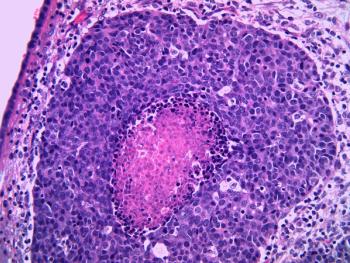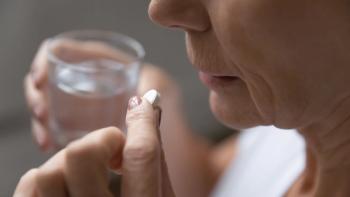
Progress Made Towards Earlier Diagnosis of HIV
Closing gaps in testing at-risk populations could increase HIV diagnoses.
A new Vital Signs report published by the CDC suggests that HIV is diagnosed sooner than previous research indicates.
According to the CDC report, the time from infection to diagnosis was only 3 years in 2015, while previous estimates projected that time from infection to diagnosis was 3 years and 7 months in 2011.
Although a difference of 7 months may not appear to be significant, the authors said this decline is considerable and highlights the benefits of the United States’ current approach to fight
Approximately 85% of the 1.1 million HIV-positive Americans knew their status in 2014, according to the CDC. Significantly, 40% of new infections came from individuals who were unaware of their diagnosis.
“These findings are more encouraging signs that the tide continues to turn on our nation’s HIV epidemic,” said CDC Director Brenda Fitzgerald, MD. “HIV is being diagnosed more quickly, the number of people who have the virus under control is up, and annual infections are down. So while we celebrate our progress, we pledge to work together to end this epidemic forever.”
The CDC said that getting tested for HIV is the first crucial step for HIV-positive individuals to start therapy and keep the infection under control. Testing can also help HIV-negative individuals learn how to reduce their risk of infection.
“If you are at risk for HIV, don’t guess—get a test,” said Jonathan Mermin, MD, MPH, director of National Center for HIV/AIDS, Viral Hepatitis, STD, and TB Prevention, CDC. “The benefits are clear. Prompt diagnosis is prevention. It is the first step to protecting people living with HIV and their partners.”
Currently, the CDC recommends individuals aged 13 to 64 years receive at least 1 test during their life, while those at risk of infection should receive a test at least once per year.
The new report showed that the number of high-risk patients who received an HIV test in the previous year has increased, but the CDC cautions that too few individuals are being tested.
The CDC pointed to a multi-city study that found 29% of gay and bisexual men, 42% of people who inject drugs, and 59% of at-risk heterosexuals did not get an HIV test within the past year. The study also found that 70% of high-risk patients who did not receive the test visited a healthcare provider, which highlights an area that should be targeted for intervention, according to the release.
The Vital Signs report projected that many people unknowingly living with HIV may not know their status for years, with one-quarter of those diagnosed in 2015 having the infection for at least 7 years, according to the CDC.
The CDC also discovered that time from infection to diagnosis varied by group and race/ethnicity.
Timing from infection to diagnosis ranged from 5 years for heterosexual men to 2.5 years for heterosexual women and women who inject drugs, according to the release. For homosexual and bisexual men, the time from infection to diagnosis was 3 years.
The CDC estimated that the time from infection to diagnosis was 4 years for Asian Americans, 2 years for white Americans, and 3 years for African Americans and Latinos, according to the release.
Overall, these findings suggest that testing and treatment tactics are working, but significant gaps still exist.
“Ideally, HIV is diagnosed within months of infection, rather than years later,” said Eugene McCray, MD, director of CDC’s Division of HIV/AIDS Prevention. “Further increasing regular HIV testing and closing testing, diagnoses and treatment gaps is essential to stopping HIV in our communities.”
Newsletter
Stay informed on drug updates, treatment guidelines, and pharmacy practice trends—subscribe to Pharmacy Times for weekly clinical insights.

















































































































































































































